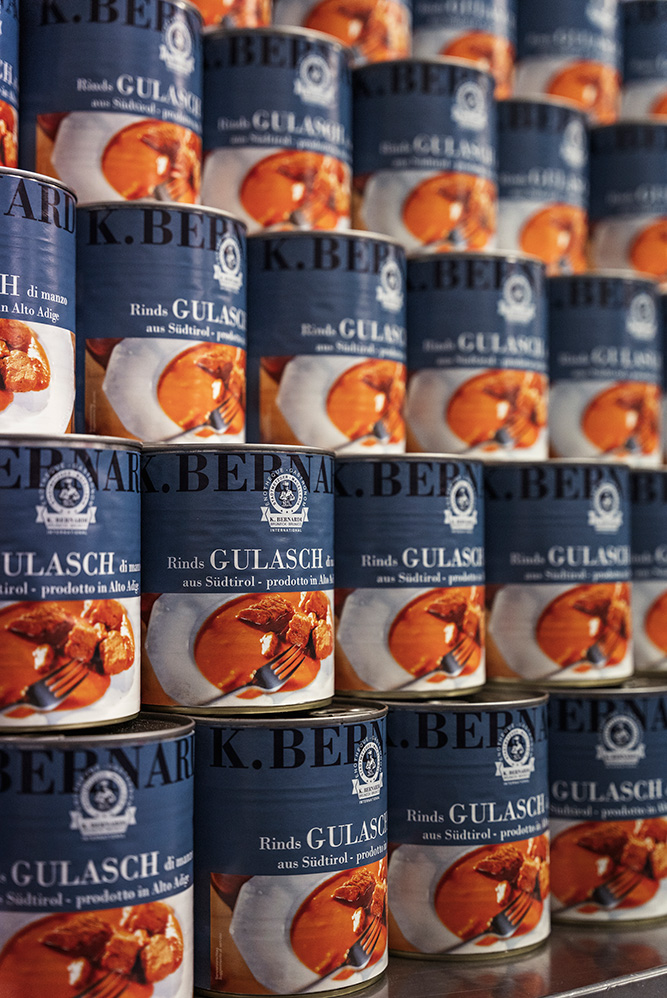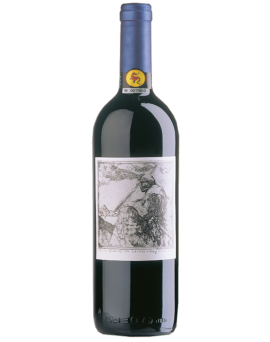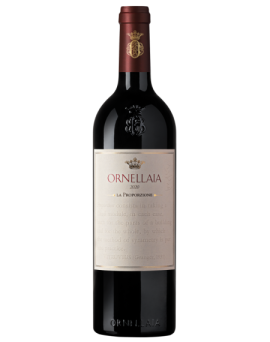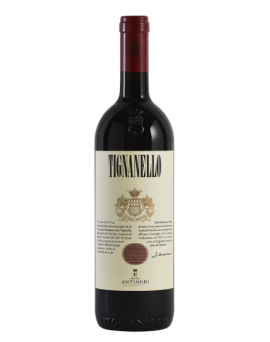Tignanello 2018<br />Classification: Toscana IGT<br />Vintage 2018<br /><br /><br />Climate: The 2018 season in Chianti Classico opened with a rather regular winter in terms of both temperatures and rainfall; despite these climatic conditions, the vineyards<br />began their budding activity a week earlier than the historical average for the area. The spring period, and in particular May, was characterised by frequent rainfall and slightly<br />lower than usual temperatures, while June and July were dry and fairly warm, without ever experiencing extreme conditions. A few rainfalls in August and a dry, breezy<br />period in September and October allowed the grapes to ripen in an ideal manner, guaranteeing a good sugar content and excellent polyphenolic ripening. The harvest began<br />around 20 September for the Sangiovese and ended on 12 October with the picking of the Cabernet.<br /><br />Vinification: as usual, the climatic conditions of the harvest required a great deal of attention both in the vineyard during the harvest operations and in the cellar when the<br />grapes arrived, where sorting and initial processing were fundamental to achieving an optimal final result.<br />During the fermentation process in truncated cone tanks, the musts were macerated with extreme attention to the preservation of aromas, the extraction of colour and the<br />management of the sweetness and elegance of the tannins. Racking took place only after careful daily tastings. Once the skins were separated from the wine, malolactic<br />fermentation began in barriques to enhance the finesse and complexity of the aromas. The ageing process took place in French and Hungarian oak barrels, partly new and<br />partly second passage, for a total period of about 14-16 months; after an initial period of ageing in separate lots, these were assembled to complete the evolution in wood.<br />The wine, made mainly from Sangiovese grapes and a small part of Cabernet Sauvignon and Cabernet Franc, was aged for a further 12 months in the bottle before being<br />presented on the market.<br /><br />Historical data: Tignanello is produced exclusively from the vineyard of the same name located at Tenuta Tignanello on 57 hectares of south-west facing, calcareous soil with<br />tufaceous elements, at an altitude of between 350 and 400 metres above sea level. It was the first Sangiovese to be aged in barriques, the first modern red wine blended with<br />non-traditional varieties, such as Cabernet, and among the first red wines in Chianti not to use white grapes. Tignanello, originally 'Chianti Classico Riserva vigneto<br />Tignanello' was first vinified from a single vineyard with the 1970 vintage, when it contained 20% Canaiolo and 5% Trebbiano and Malvasia, and was aged in small oak<br />barrels. With the 1971 vintage it became a Tuscan table wine, was called Tignanello and with the 1975 vintage the white grapes were totally eliminated. Since 1982, the<br />composition has remained unchanged. Tignanello is only produced in the best vintages; it was not produced in 1972, 1973,1974, 1976, 1984, 1992 and 2002.<br /><br />Tasting notes: deep and intense ruby red in colour, Tignanello 2018 strikes the nose for its complexity: notes of ripe red fruit, black cherry, sour cherry and currant, combine<br />with sweet hints of vanilla, mint and delicate sensations of white pepper and myrtle. On the palate it is rich and balanced: the soft and silky tannins are supported by an<br />excellent freshness that can give length, elegance and persistence of taste.<br /><br />Alcohol content: 14,50 %.<br />
Price
€480.60




